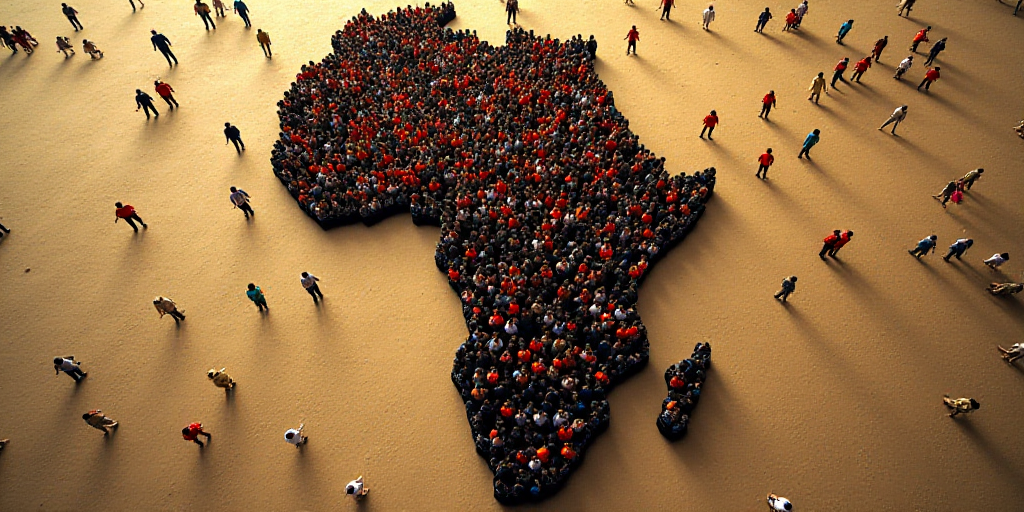Introduction
In recent years, the world’s poorest and most climate-vulnerable countries have made it clear: the current development financing system in low- and middle-income economies is not working. Through annual climate conferences and historic reforms like the Bridgetown Initiative, these governments have persistently demanded that wealthier nations do more and do it better.
The Challenge of Development Financing
However, there’s a problem. As development financing needs continue to rise, so does political resistance to “aid.” In donor countries, tax pressures, higher interest rates, and growing nationalism have cut development budgets. In this climate, traditional donor grants—which still dominate funding for multilateral development banks (MDBs)—have become politically poisonous or financially burdensome.
The Case for Long-Term Loans
So, if these factors are so restrictive, why don’t wealthy nations simply lend money to MDBs instead of giving it away? More specifically, why don’t they issue 100-year bonds with ultra-low interest rates to MDBs, allowing these institutions to repay the loans gradually, just as they do with their usual bondholders?
This idea is not radical and has precedents. When the British government abolished slavery in 1833, it committed to paying £20 million (approximately $27 million, or 40% of the government’s annual budget at the time) to “compensate” slave owners. To finance this program, the Treasury issued a long-term government bond that British taxpayers only finished repaying in 2015—more than 180 years later.
Financially, the idea should be obvious. After all, the money would be repaid over time. MDBs like the World Bank or the African Development Bank (AfDB) have strong balances, triple-A credit ratings, and consistent cash flows from their loan portfolios. They already borrow in global capital markets. Why can’t they take direct loans—at favorable rates—from the same countries that constantly pressure them to do more?
Benefits of Long-Term Loans
If a wealthy country issued a 100-year bond to an MDB at 0.1% interest, the MDB could immediately use that capital for infrastructure investments, climate resilience, education, and more. Unlike a grant, the money would be repaid over time. The initial tax burden would be minimal, and the policy would be easier to manage. Voters could be reassured that it’s not charity but an investment.
MDBs would also benefit. They’d receive abundant and flexible capital that could expand their lending without diluting their balance sheet or jeopardizing their credit rating. If structured as subordinated or hybrid capital, donor bonds could function as social capital. A significant 100-year bond issued directly to the AfDB, for example, would enable the bank to offer loans with terms of 30 years or more to middle-income countries—currently only low-income countries (at best) receive such terms, and only for relatively small projects under $500 million.
Impact on Development Financing
Long-term donor capital—which could be granted at a much larger scale than Official Development Assistance (ODA)—would strengthen the AfDB’s balance sheet and reduce its financing cost. This would translate into more patient and stable funding for large-scale infrastructure, energy, and climate-related projects—especially transboundary ones. These are precisely the investments that take decades to pay off.
Low-income countries would benefit from a more robust and responsive MDB with greater financial capacity and less reliance on unpredictable capital replenishments. They’d also have the option to borrow alongside neighboring middle-income countries.
A Proposed Model
With this proposal in mind, along with my colleagues at Development Reimagined, we designed a model scenario where each G20 member contributes a 100-year donor bond worth $5 billion to the AfDB. With a total of approximately $90 billion, this would represent one of the largest capital injections in the bank’s history, increasing its disbursed capital by about 4.5 to 6 times and nearly doubling its lending capacity.
This monumental increase in financial resources could change the game in Africa. It would reduce the cost of capital on the continent (thanks to the AfDB’s strengthened credit rating and lower financing costs). It would enable the bank to offer longer-term loans to middle-income countries, closing a critical gap in infrastructure financing and climate change mitigation. It would also back large-scale, sustainable transboundary infrastructure projects requiring very patient capital.
The Way Forward
Making this proposal a central part of the G20 agenda, South Africa could leverage its presidency to send a powerful message. Not only would it demonstrate the global leadership that climate finance and development so urgently need, but it would also help shift the narrative from aid dependency to sustainable investment.
In a time of declining ODA—which remains important—we have the opportunity to move from an unpredictable grant-giving model to a low-cost, repayable capital rotation system that benefits donors, MDBs, and recipient countries equally. The stakes have never been higher. South Africa should seize the moment.
About the Author
Hannah Wanjiru Ryder, a former diplomat, is CEO of Development Reimagined and a principal associate at the Africa Program at the Centre for Strategic and International Studies.
Copyright:
Project
Syndicate,
1995 – 2025
www.project-syndicate.org






